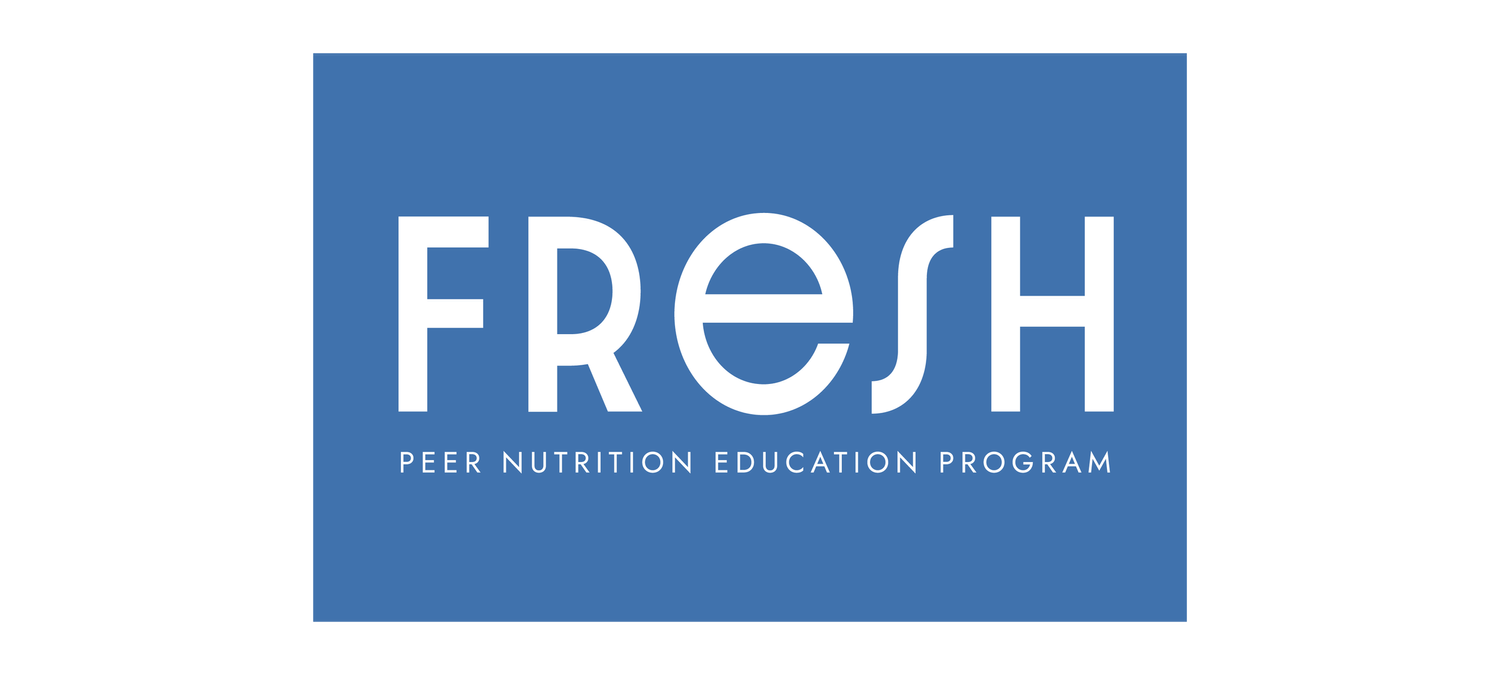How to Read a Nutrition Label
In Canada, a nutrition label is found on all packaged foods. Foods that do not have a nutrition label include: fresh meats, fresh seafood, fresh fruits and vegetables, and some bakery items.
Reading the nutrition label helps you make more informed food choices. Nutrition labels include Nutrition Facts, and ingredient list, and optional nutrition claims.
What does the Nutrition Facts Table tell us?
The Nutrition Facts Table must list the amount of the 13 core nutrients: fat (saturated and trans fats), cholesterol, sodium, carbohydrate, fibre, sugar, protein, Vitamin A, Vitamin C, calcium and iron.
Serving Size: if you eat the serving size shown on the Nutrition Facts Table, you will get the amount of calories and nutrients that are listed. Note that for the same type of food, this number can vary between different brands and products.
Calories: This number tells you how much energy you are getting from one serving of the food.
% Daily Value: Using a scale from 0% to 100%, this number tells you if there is a little or a lot of a nutrient in one serving of the food.
5% or less is a little
15% or more is a lot
What does the Ingredient List tell us?
The ingredient list shows all the ingredients in a packaged food. Ingredients are listed in order of weight, beginning with the ingredient that makes up most of the weight of the product, ending with the product that makes up the least weight. Reading the ingredient list can help you avoid ingredients in case of a food allergy or intolerance.
What do Nutrition Claims tell us?
Nutrition claims can describe the amount of nutrients in food, or tell you about the helpful effects of a certain food, when consumed as part of a healthy diet. Examples of nutrition claims include:
“Source of fibre” means the food contains at least 2 grams of fibre in the amount of food specified in the Nutrition Facts Table.
“Low fat” means that the foods contains no more than 3 grams of fat in the amount of food specified in the Nutrition Facts Table.
“Calorie reduced” means the product has at least 26% less energy (calories) than the regular version of that product.
